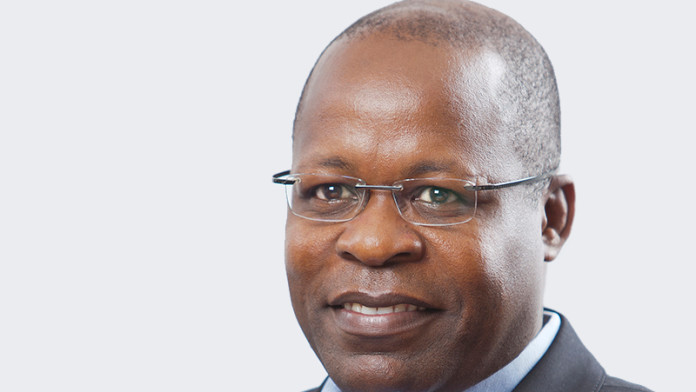
LONMIN, the Johannesburg-listed platinum producer, ended its 2016 financial year in a far better position than it began with net cash increasing to $173m, taking total liquidity including bank debt to $537m.
Remember in October last year – the first month of its financial year – the company was facing the prospect of going bust? Grudgingly one suspects, shareholders backed a $400m rights issue, its third in about five years.
Some shareholders didn’t support it, though, which resulted in the Public Investment Corporation (PIC) having to mop up unwanted the new shares. That now means the government-owned asset manager is Lonmin’s largest shareholder with just under 30% of the shares.
The share price is also in better fettle. On year-to-date basis, Lonmin is worth 70% more. It has restructured its operations, cutting about 6,800 jobs, and has slashed capital spending to preserve the balance sheet. By Lonmin’s standards, a relative calm has been restored.
However, the share is still 95% less valuable than three years earlier, a deterioration that demonstrates the impact of the 34% decline in the platinum price over the same period. And it’s the platinum price, even in rand terms, that continues to concern analysts, especially in respect of Lonmin.
The worry with Lonmin today is that platinum prices have not revived as if to say the market doesn’t want the higher cost metal South African producers are prepared to give it.
Lonmin’s financials for 2016 may have received a positive bump with the release from of metal locked up in its refinery inventory, but this is only a temporary boost. Analysts think at current prices Lonmin will start losing money again, especially as it has announced a higher capex bill for the 2017 financial year of some R1.8bn versus R1.2bn last year.
Dominic O’Kane, an analyst for JP Morgan Cazenove, said that while the balance sheet was “comfortable for now”, the company would turn free cash flow negative at current basket price for platinum group metals (PGMs).
“At all in cash costs of R12,400 per ounce [which includes its capex and opex] we calculate Lonmin will lose about $100m of free cash flow in its 2017 financial year,” he said.
Lonmin also announced the purchase of Anglo American Platinum’s 42.5% stake in the Pandora joint venture earlier this month, an acquisition that has raised eyebrows given the state of the market and the fact at Lonmin acknowledged its operating costs remained under pressure.
Pandora was loss-making in the second half of Lonmin’s financial year, although Ben Magara, Lonmin CEO, makes the point that its shallow, high grade reserves are easily accessible from its Saffy shaft and would defer up to R3bn in capex that Saffy would have to shoulder in order to access its own replacement platinum ounces. Yet how long before Pandora became cash flow positive, said O’Kane.
Johann Steyn, an analyst for Citi, said the sale of Pandora was positive for Amplats because it was a cash burning mine and owing to the fact that the PGM market might take “longer to recover than most”. He added: “From a Lonmin point of view, we question the consolidation of its position in a loss making asset”.
As for PGMs, there appears little sign of immediate relief.
Johnson Matthey, a platinum semi-fabricator and market research house, concluded that platinum would be in surplus in 2017, partly owing to new production following the ramping up of Impala’s Rustenburg operations, Platinum Group Metals’ WBJV project and Styldrift, a project owned by Royal Bafokeng Platinum that will be accelerated.
“This coupled with the fact that 40% of the total demand [for platinum] comes from diesel vehicles – a segment which remains challenged especially post the Volkswagan controversy – means that the market is set up to be in a significant surplus,” said Goldman Sachs in a recent report. “We remain cautious on the space and have sell ratings on Amplats and Lonmin,” it added.









